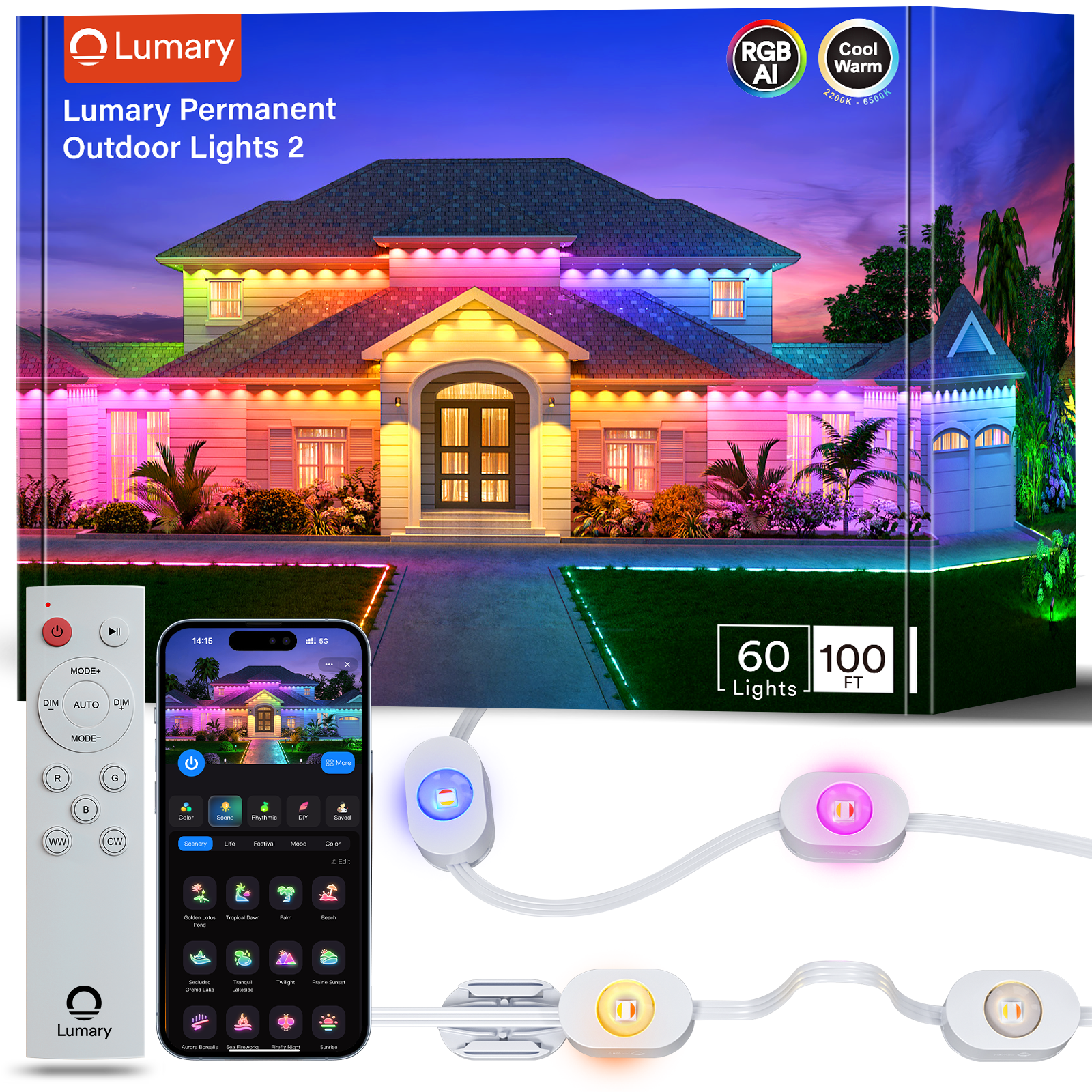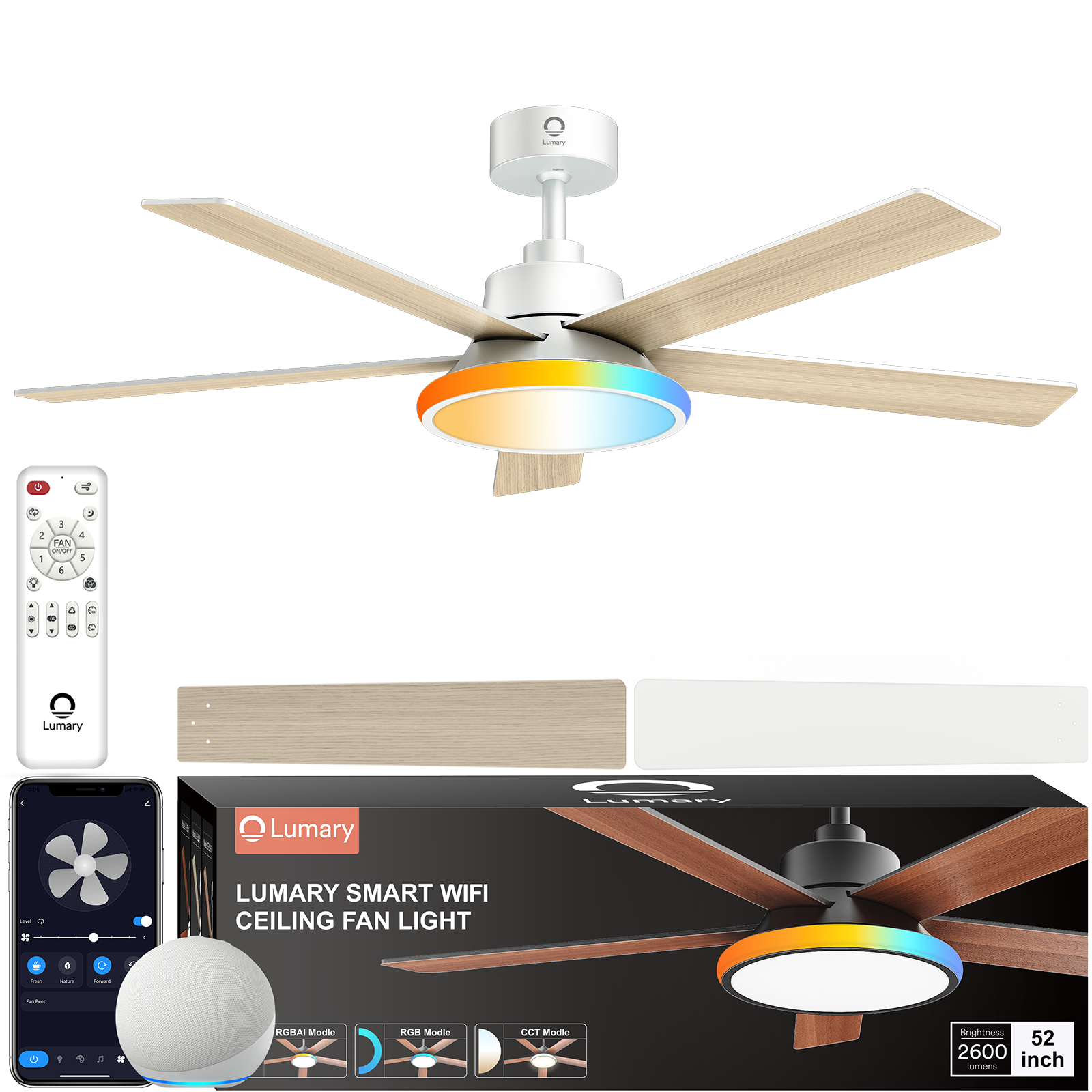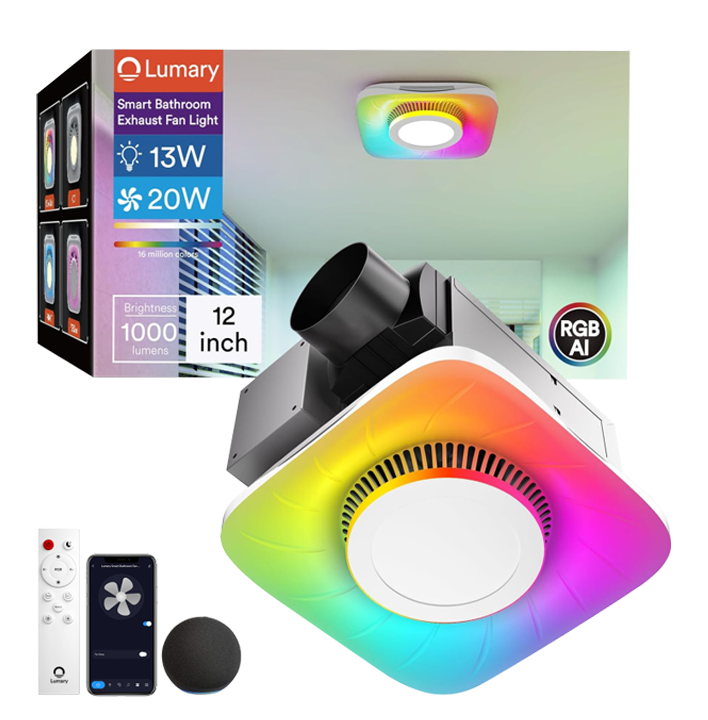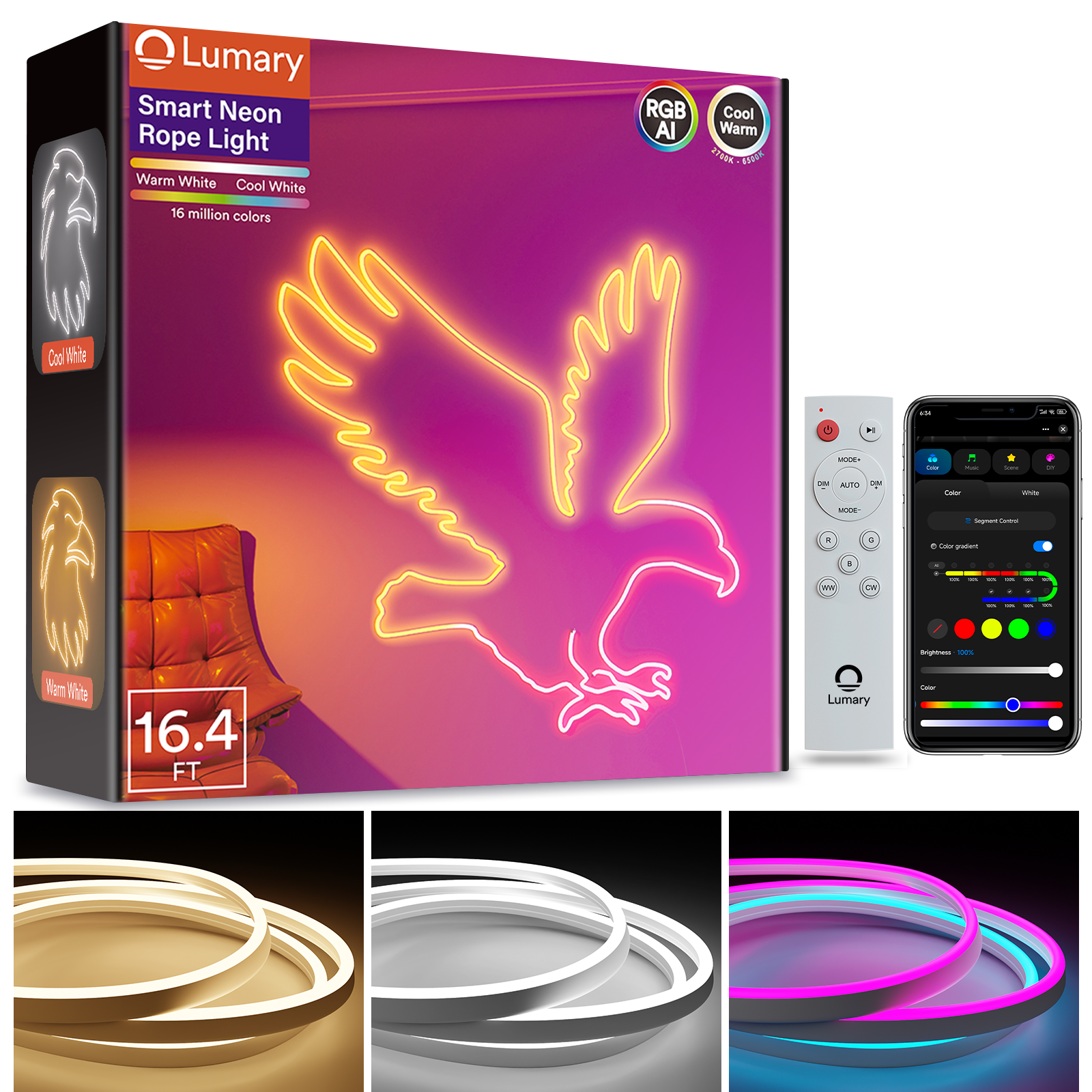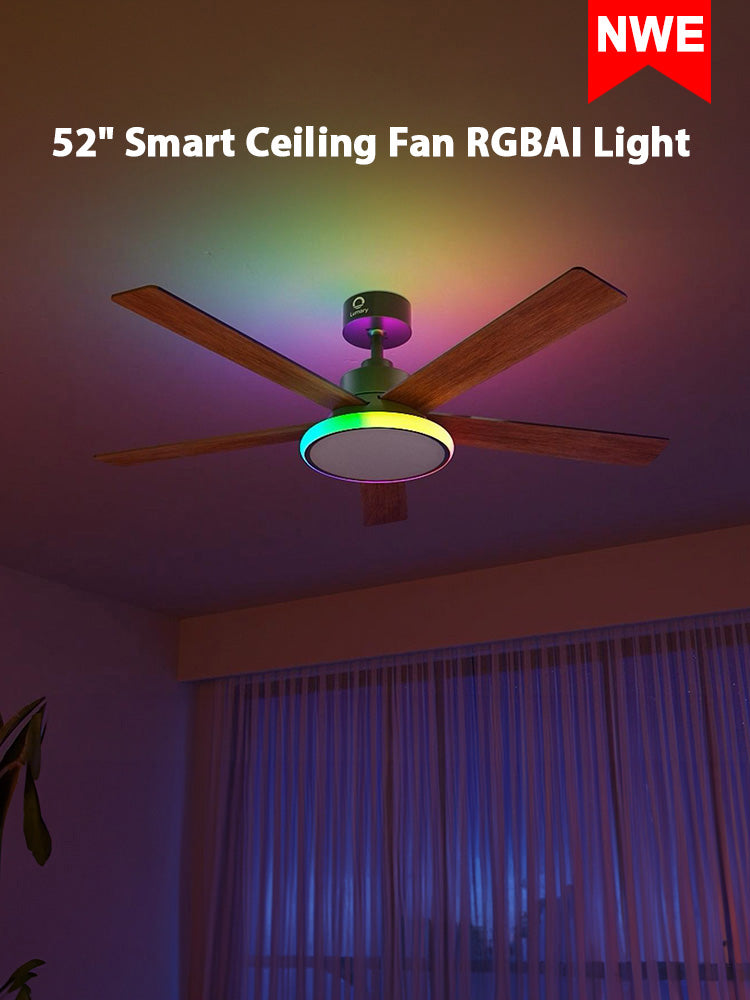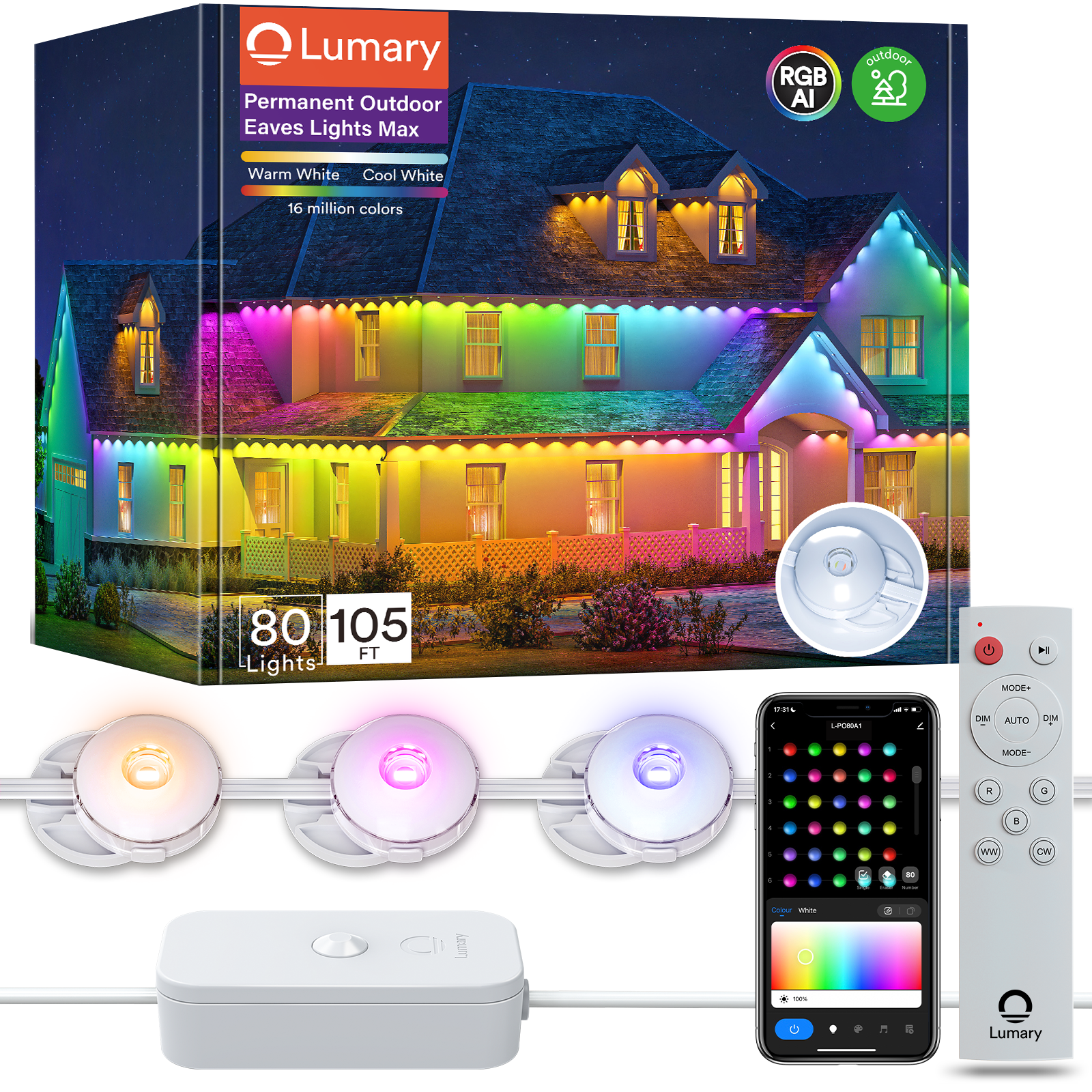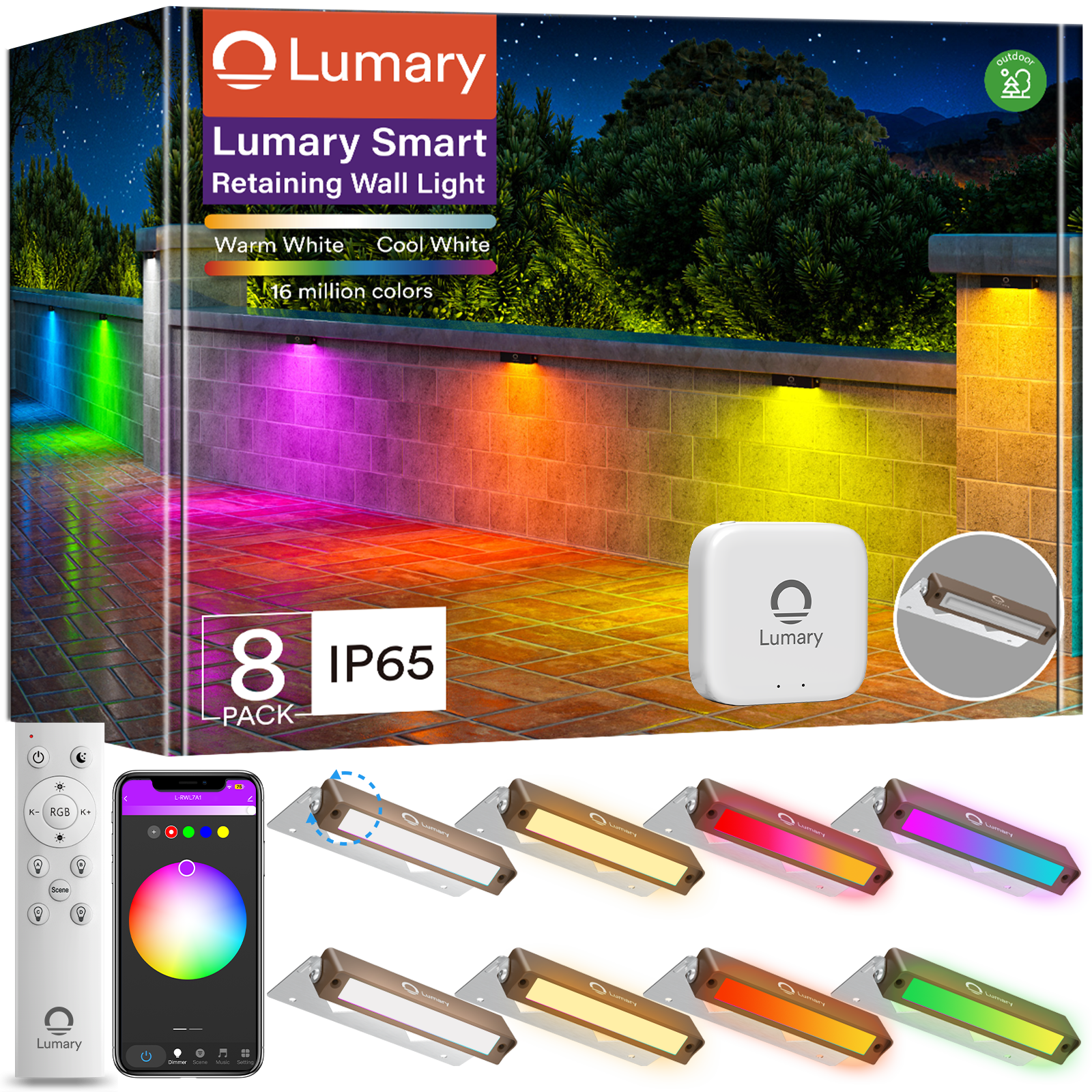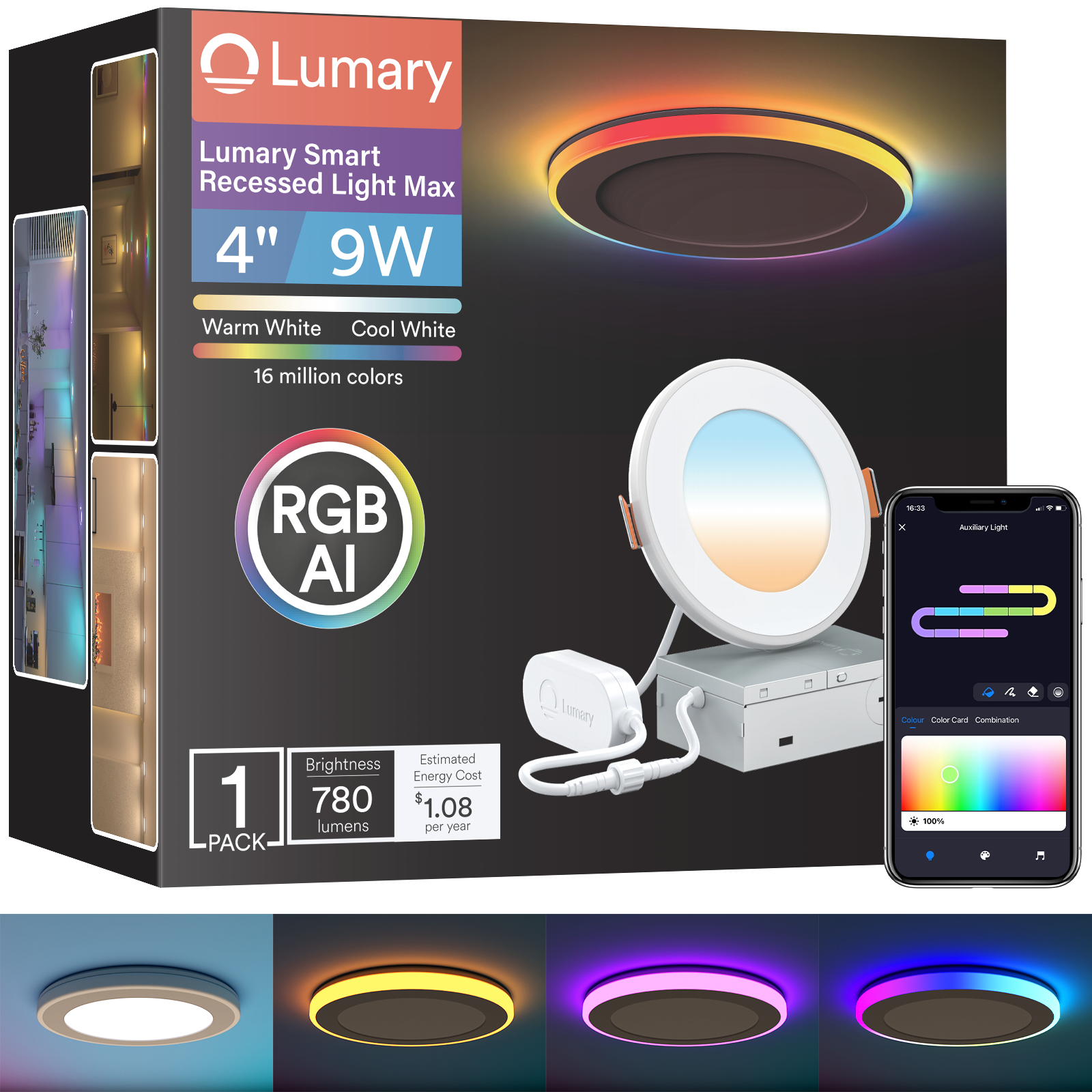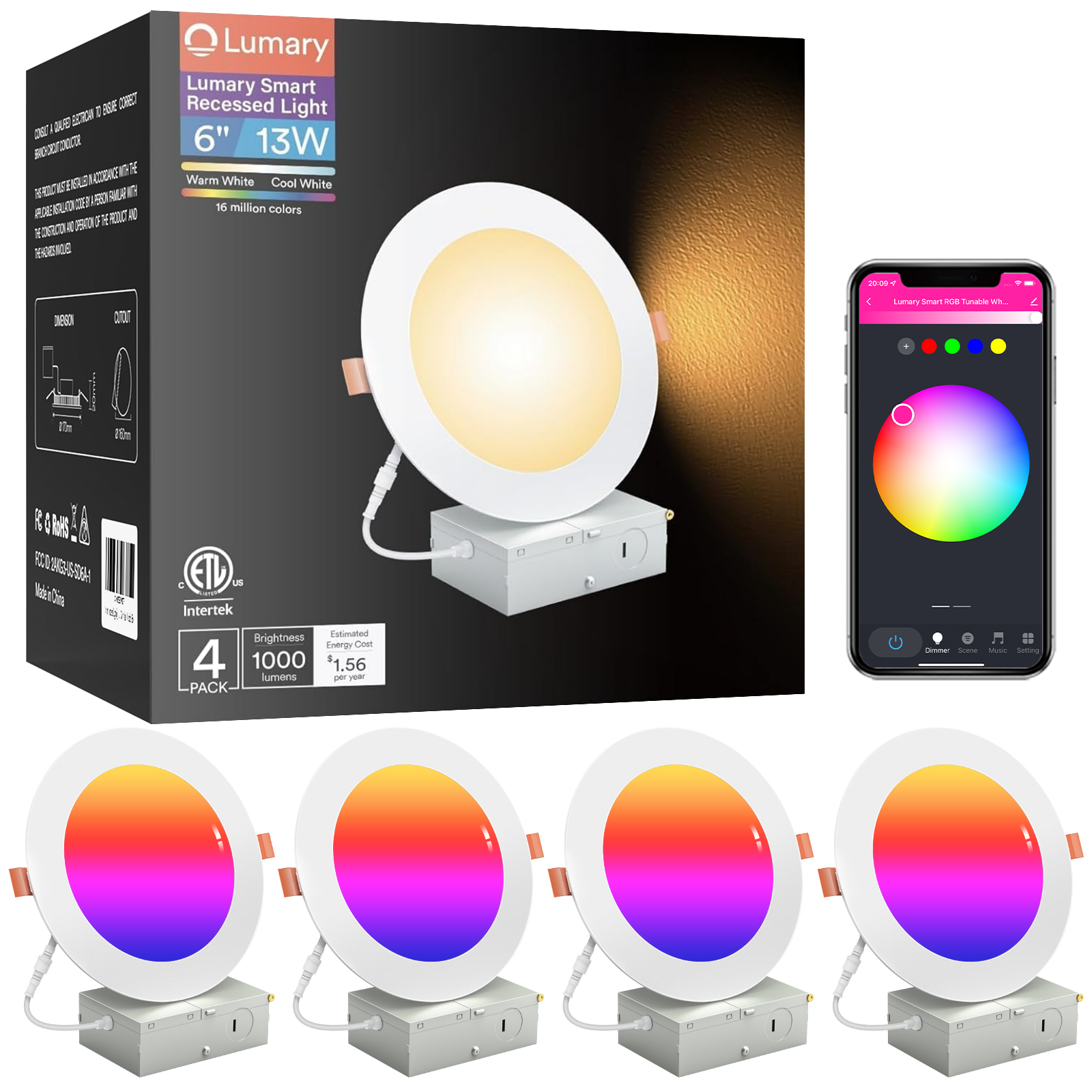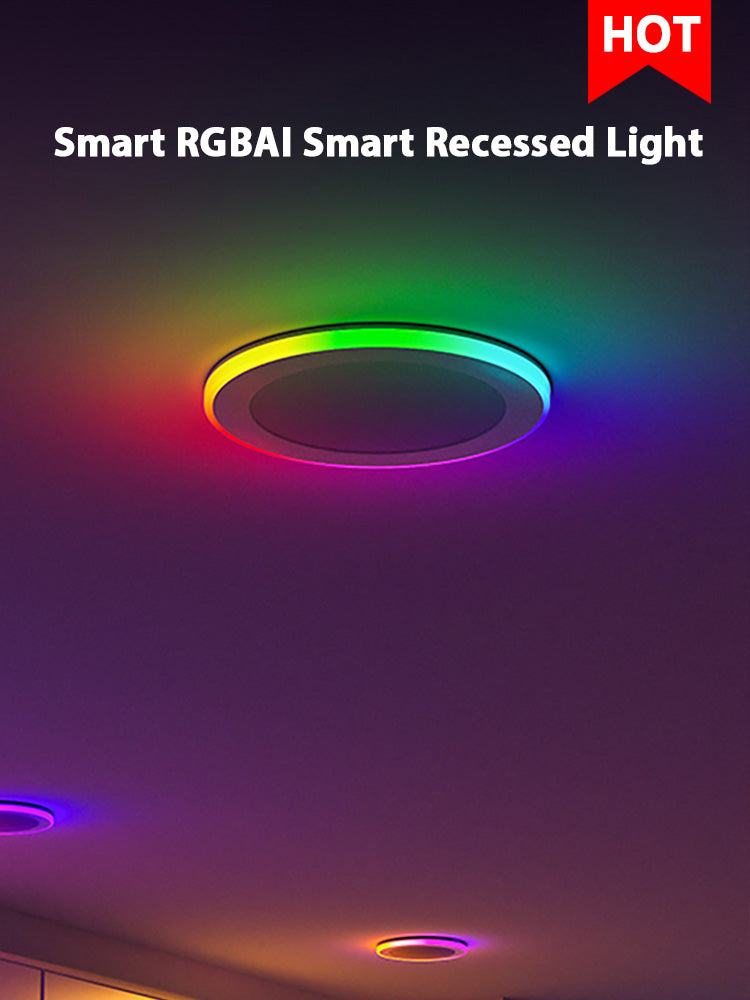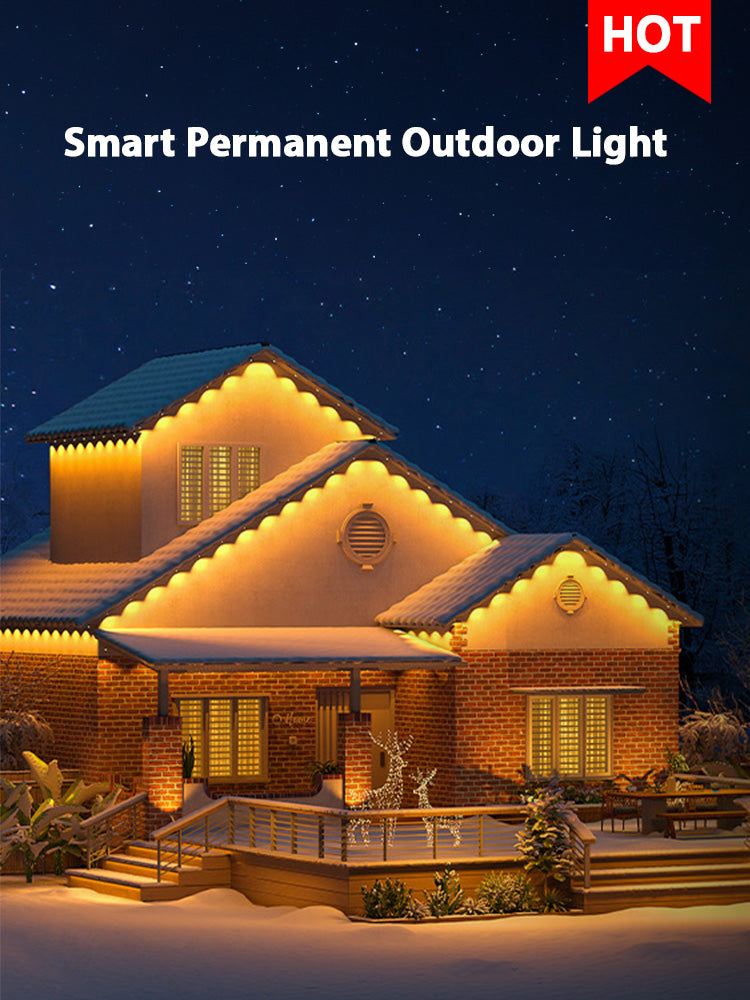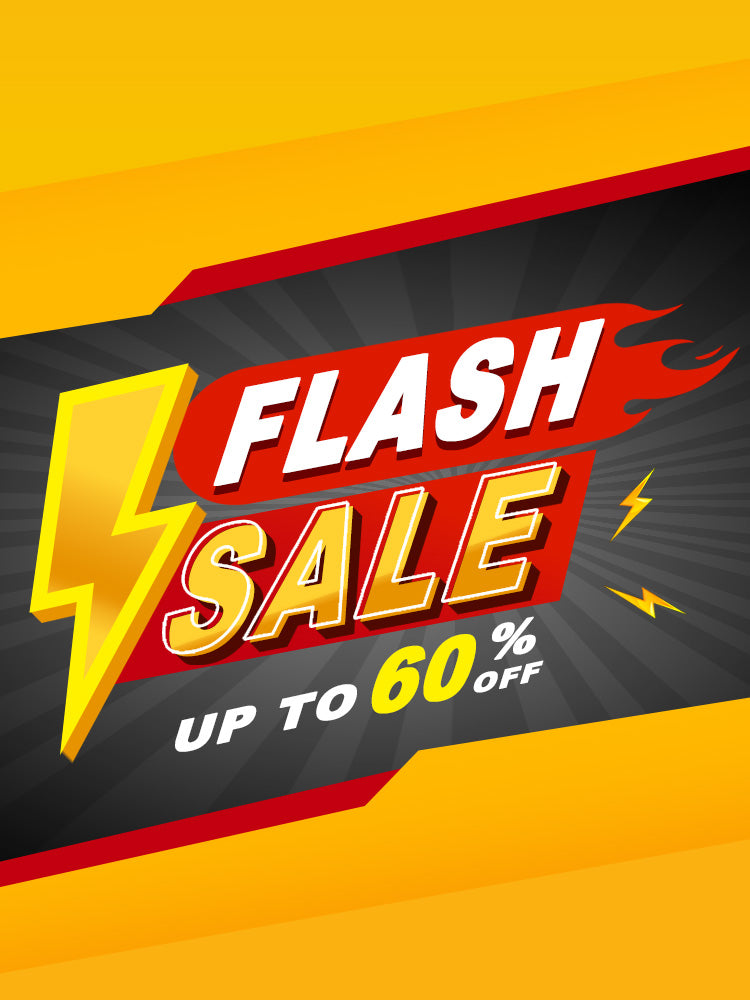When selecting lighting for outdoor house illumination, consider factors like energy efficiency, cost, and durability. LED lights are an excellent choice for outdoor house illumination because they excel in all these areas. They consume up to 75% less energy than traditional bulbs and 50% less than fluorescent ones. Additionally, LEDs can last over 50,000 hours, far surpassing the lifespan of regular bulbs, such as incandescent and fluorescent, which only last between 1,000 to 15,000 hours. This longevity means LEDs require fewer replacements and are more cost-effective to maintain. While traditional lights are commonly used, they fall short in comparison. They consume more energy and need frequent replacements, making them less ideal for outdoor house illumination.
Key Takeaways
-
LED lights use much less energy than regular bulbs. This saves a lot on electricity bills.
-
LEDs last way longer than normal bulbs, often over 50,000 hours. This means you won’t need to replace them often.
-
LEDs cost more at first, but they save money later. They use less energy and need less fixing, making them worth it.
-
LEDs give better light with even brightness. This makes outdoor areas safer and easier to see.
-
Using LED lights lowers carbon emissions and helps the planet stay green.
Energy Efficiency in Outdoor House Illumination

Comparing Power Use of LED and Traditional Lighting
LED lights use much less energy than regular bulbs. This makes them a smart choice for outdoor lighting. For example, five 60-watt incandescent bulbs used for five hours daily need 300 watts. But using five 10-watt LED bulbs instead only uses 50 watts. This big difference shows how LEDs save energy.
Let’s look at the monthly and yearly energy use of one bulb. A 10-watt LED uses 3.65 kWh per month and 43.8 kWh per year. A 60-watt incandescent bulb uses 21.6 kWh monthly and 259.2 kWh yearly. If you use five bulbs, LEDs use 109.5 kWh yearly, while incandescent bulbs use 657 kWh. These numbers prove LEDs are better for saving energy.
Using LED lights outdoors helps save energy and lowers your carbon footprint. Regular bulbs, like incandescent ones, use more power and release more greenhouse gases. Switching to LEDs is an easy way to make your home eco-friendly.
Long-Term Energy Savings with LED Lighting
LEDs save energy over time, making them a great investment. They use 75% less power than incandescent bulbs, cutting electricity costs. Over years, these savings grow, making LEDs affordable for homeowners.
Studies show switching to LEDs saves money. Cities using LED streetlights cut costs by 40-60%. Universities using LEDs save up to 75% on energy. These examples show how LEDs lower bills and need less upkeep.
For example, a building with 500 fixtures can save $10,000 to $15,000 yearly. This happens because LEDs use less power and last longer, needing fewer replacements. Homeowners also save money and get a greener lighting option.
Choosing LED lights for outdoor spaces gives both quick and long-term savings. LEDs use less electricity but still shine brightly. They are perfect for improving outdoor lighting while saving money and energy.
Cost Analysis of LED Lighting vs. Traditional Fixtures
Upfront Costs of LED and Traditional Outdoor Lighting
When you compare the starting costs, LEDs cost more upfront. An LED light fixture usually costs about $20 each. Traditional lights, like halogen or sodium lamps, are often cheaper. Installing LEDs is also pricier, costing around $50 per fixture. This is 3–4 times more than installing traditional lights.
|
Cost Component |
LED Lighting |
Traditional Lighting |
|---|---|---|
|
Fixture Cost |
$20 per fixture |
Usually cheaper |
|
Installation Cost |
$50 per fixture |
Often lower |
|
Energy Consumption |
75% less energy |
Uses more energy |
|
Lifespan |
25 times longer |
Shorter lifespan |
The higher upfront price might discourage some people from buying LEDs. But it’s important to think about the long-term benefits. Traditional lights may seem cheaper at first. However, they don’t last as long and use more energy, which costs more over time.
Tip: Spending more on LEDs now saves money later. They are a smart choice for outdoor lighting.
Long-Term Cost Benefits of LED Lighting
LEDs save money in the long run, making them a good buy. They use up to 75% less energy than traditional lights, lowering electricity bills. Over time, these savings can cover the higher initial cost. Most people recover their investment in 2–3 years.
LEDs also last much longer than regular lights. They can shine for over 100,000 hours, needing fewer replacements. Traditional lights, like incandescent bulbs, burn out faster and cost more to replace.
-
Why Choose LEDs:
-
Use 60–70% less energy than traditional lights.
-
Last 25 times longer than incandescent bulbs.
-
Lower maintenance costs with fewer replacements.
-
May qualify for utility rebates, saving even more money.
-
Big businesses and outdoor areas can save thousands of dollars each year by switching to LEDs. Homeowners also benefit from lower costs and longer-lasting lights.
Even though LEDs cost more at first, they save money over time. Their energy efficiency, durability, and savings make them better than traditional lights.
Lifespan and Durability of LED Lighting
How Long LED Fixtures Last Outdoors
LED lights last a very long time, making them dependable. They can work for 30,000 to 50,000 hours. This is much longer than halogen flood lights, which last only 2,500 hours. You won’t need to replace LEDs often, saving you time and money. For example, a study on the I-35W Bridge showed this difference. After 20,000 hours, traditional lights needed replacing, but LEDs kept working well.
Because LEDs last so long, they lower maintenance costs and create less waste. You’ll spend less time changing bulbs and more time enjoying bright, steady light. This makes LEDs perfect for outdoor areas like driveways, patios, or gardens. They provide reliable lighting for many years.
Tip: While LEDs cost more at first, their long life saves money later.
How Durable LED Lights Are in Bad Weather
Outdoor lights need to handle tough weather, and LEDs do this well. Good-quality LEDs can survive extreme heat, cold, rain, and humidity. They are built with strong materials and heat protection to avoid damage.
Several things affect how durable LEDs are:
-
Weather Conditions: Very hot or wet places can shorten their life.
-
Heat Control: Keeping LEDs cool helps them last longer.
-
Build Quality: Better-made LEDs last longer and work better.
Some problems with outdoor LEDs include dimming or flickering. Water can also get inside if they aren’t sealed well. Choosing LEDs with a high IK rating, like IK10, helps protect them from damage. Unlike regular lights, LEDs handle frequent on-off use without issues.
In real-life tests, LEDs stay efficient even in bad weather. They use 75% less energy than incandescent bulbs and last 25 times longer. This makes them a great choice for outdoor lighting.
Note: Pick LED fixtures with strong designs and good seals to keep out water and bugs.
Light Quality for Outdoor House Illumination
Brightness and Consistency of LED Lighting
For outdoor lighting, brightness and even light are very important. LED lights are great at both, making them a top choice. They spread light evenly, so your yard or driveway is well-lit. This helps you see better and avoids dark spots that traditional lights often leave.
LEDs also shine brighter while using less energy. Modern LEDs can give up to 100 lumens per watt. This means they light up spaces well without wasting power. Traditional lights, like high-pressure sodium (HPS), often fail to keep light even, especially when dimmed.
-
Why LED brightness is better:
-
Better visibility for parking lots and driveways.
-
Safer spaces with no uneven lighting.
-
Save up to 75% energy compared to older lights.
-
LEDs don’t just light up your space; they make it safer. Studies show bright areas reduce crime and bring people outside. Choosing LEDs gives you steady, bright light that makes outdoor spaces inviting.
Color Temperature Options in LED Flood Lights
LED flood lights let you pick from many color tones. These range from warm yellow (2200K) to cool blue (6000K). This lets you set the mood for your outdoor area.
|
Type of Light |
Color Temperature Range (Kelvin) |
|---|---|
|
LED Flood Lights |
2200K - 6000K |
|
Traditional Flood Lights |
2700K - 6500K |
Traditional lights offer fewer choices, like Soft White (2700K-3000K) or Daylight (5000K-6500K). LEDs give more options, making them perfect for different needs. Use warm tones for cozy patios or cool tones for security lighting.
-
Benefits of LED color choices:
-
Warm tones (2200K-3000K) for relaxing gardens.
-
Neutral tones (3500K-4100K) for driveways.
-
Cool tones (5000K-6000K) for safety and clear views.
-
With LED flood lights, you can design lighting to fit your style. Their wide color range helps you balance looks and function perfectly.
Heat Emission and Safety
Heat Levels in LED Lighting vs. Traditional Bulbs
LED lights produce very little heat compared to regular bulbs. They are much more efficient. Incandescent bulbs waste most of their energy as heat—about 90%. This difference is clear in outdoor areas where lights stay on for hours.
|
Lighting Type |
Heat Emission Percentage |
Forward Heat Emission |
|---|---|---|
|
LED |
Very low |
Minimal |
|
Incandescent |
90% |
Very high |
LEDs turn most energy into light, not heat. This keeps them cool and safe. Regular bulbs get very hot and can be dangerous to touch. For outdoor lighting, LEDs are safer and work better for long use.
Safety Benefits of Low Heat Emission in LEDs
LEDs stay cool even after being on for hours. This makes them safer than traditional bulbs. They lower the chance of burns or fires. This is important for outdoor areas with dry leaves or wooden items nearby.
Switching to LED outdoor lights has helped communities feel safer. For example:
-
Outdoor street crimes dropped by 15% after using LEDs.
-
Gun violence at night went down by 21%.
-
People felt their neighborhoods were safer and brighter.
These changes happen because LEDs give steady, bright light. This improves visibility and keeps crime away. LEDs also last longer and need less fixing, lowering risks of electrical problems.
Using LEDs outdoors makes spaces safer and more welcoming. Their cool operation and strong performance make them the best choice for outdoor lighting.
Environmental Impact of LED Lighting
Energy Efficiency and Reduced Carbon Footprint
Switching to LED lighting helps the environment in big ways. LEDs use up to 75% less energy than regular bulbs. This makes them a greener choice for outdoor lighting. Using less energy means fewer carbon emissions. For example, replacing streetlights with LEDs can cut pollution equal to 30 years of emissions from four million cars.
LEDs also lower greenhouse gases. If every U.S. home replaced one bulb with an LED, emissions could drop by nine million pounds each year. LEDs also reduce light pollution by focusing light downward. This lights up outdoor areas without wasting energy.
Here’s a simple look at how LEDs help the planet:
|
Evidence Type |
Statistic |
|---|---|
|
Energy Savings |
LEDs use 75% less energy than traditional bulbs. |
|
Carbon Emissions Reduction |
The new lighting standard is projected to reduce carbon emissions by 222 million metric tons over 30 years. |
|
Greenhouse Gas Reduction |
Replacing one bulb in every U.S. house with an LED could reduce greenhouse gas emissions by 9 million pounds annually. |
Choosing LEDs for outdoor lighting saves energy and helps the Earth stay cleaner and greener.
Recycling and Disposal of LED Fixtures
LED fixtures last long and can be recycled, making them eco-friendly. Recycling LEDs isn’t required everywhere, but it’s a good idea. It allows materials like metal and glass to be reused. This reduces waste and helps the environment.
The recycling process includes:
-
Sorting LEDs by type and material.
-
Breaking them down into parts.
-
Reusing recovered materials.
To recycle LEDs, check with local recycling centers or city programs. Many places have drop-off spots or special days for electronic waste.
Unlike old bulbs, LEDs don’t have harmful materials like mercury. This makes them safer for the planet. Recycling LEDs cuts landfill waste and supports green practices. A small effort like this can make a big difference for the Earth.
Tip: Handle broken LEDs carefully and follow local rules for safe recycling.
FAQ
Why are LED lights better for outdoor use?
LEDs last longer and use much less energy than old bulbs. They give bright, steady light and work well in tough weather. You save money on power and replacements while enjoying great lighting.
Can LED lights survive bad weather?
Yes, LEDs are made to handle heat, cold, rain, and humidity. Good-quality LEDs have strong seals and tough designs, making them perfect for outdoor use.
How do LEDs lower energy costs?
LEDs use up to 75% less power than regular bulbs. This cuts your electricity bills and helps the environment. Over time, the savings can pay for the cost of switching to LEDs.
Are LED lights safe for outdoor spaces?
LEDs stay cool and don’t get very hot, so they’re safer. They lower the chance of burns or fires, making them great for areas near dry leaves or wood.
Can you recycle LED fixtures?
Yes, you can recycle LED fixtures. Many recycling places take them, so parts like metal and glass can be reused. This helps cut waste and supports green habits.

